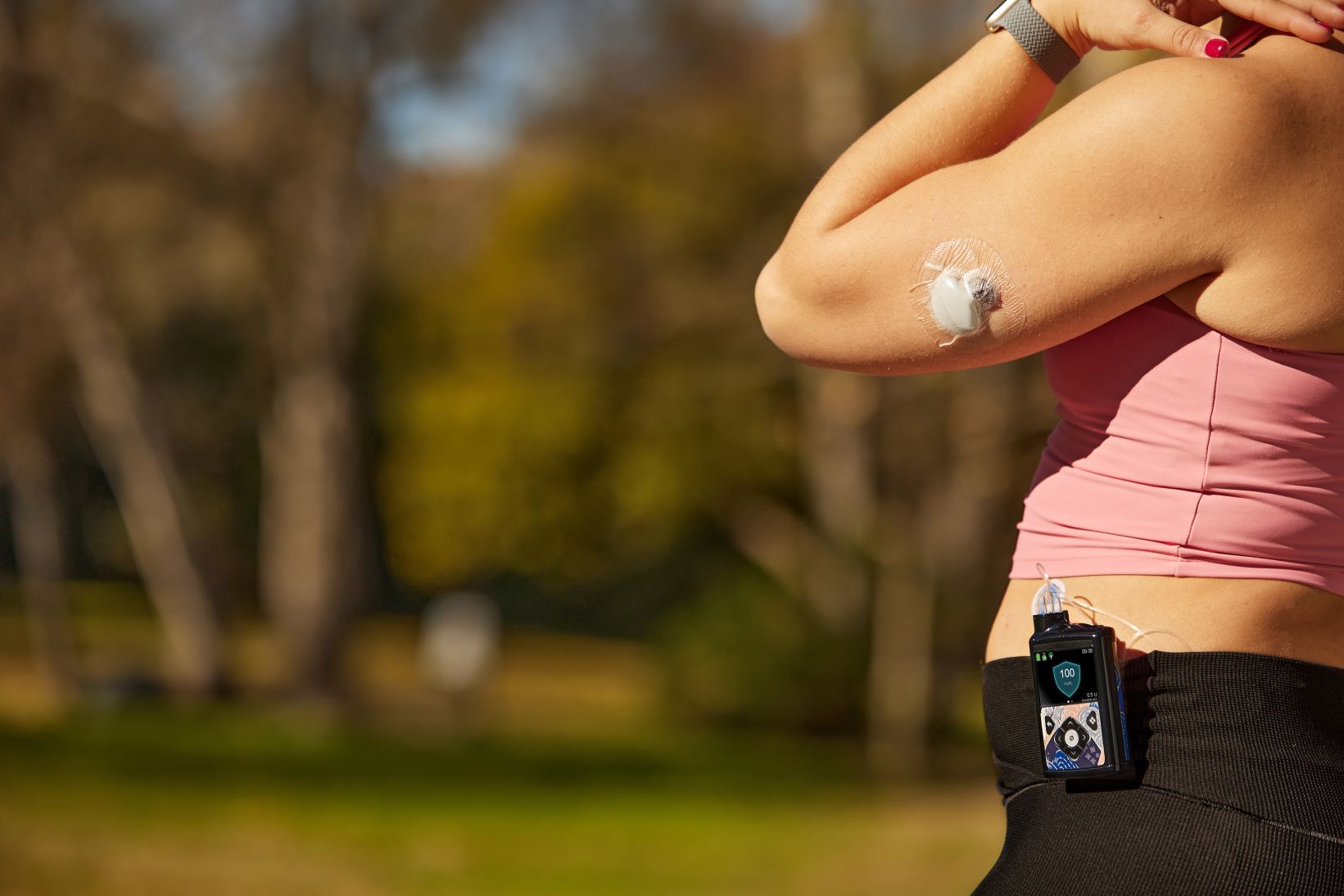Myth vs. reality: Insulin pumps and CGMs

When you first heard about automated insulin delivery systems, did you have questions or thoughts of how they would work and what they might be like? Maybe you were concerned about how using the system might would affect your life.
Even though you may wear an insulin pump and/or CGM, you may still not have all the answers. Maybe friends ask you questions, and you're never sure how to answer. Let’s look at a few misconceptions, or “myths,” that people tend to associate with an insulin pump and CGM, and we’ll tell you the real answers.
Insulin pump myths
Myth: I don't know a lot about technology, so I could never use an insulin pump.
Reality: Using a pump is often as easy as entering your blood sugar and meal information and then pressing enter. Your pump also does the work of keeping track of your insulin, so you don't even need to write anything down.
Myth: If I wear the pump, everyone will know that I have diabetes.
Reality: There are very discreet ways you can wear your pump, so using one can be as private or as public a display as you want! You can hide your pump underneath your clothes or wear it on the outside of your outfit, depending on how noticeable you want it to be.
The good news is it's completely up to you how and where you want to wear it! Check out other ways people wear their insulin pumps.
Myth: You still have to do shots with a pump, and it's painful.
Reality: The process of inserting an infusion set is similar to what you feel when injecting insulin with a needle. However, with a pump, you have a dramatic reduction in needlesticks — going from 3–4 injections per day with multiple daily injections to just 1 needlestick when inserting an infusion set every 3–7* days with a pump.
*Medtronic insulin pumps can be worn for up to 7 days when combined with the Medtronic Extended™ infusion set.
Myth: Wearing an insulin pump will interfere with my daily activities.
Reality: Insulin pumps are designed to easily be worn on or under your clothes very securely, and there’s also a variety of cases and clips available to wear with your pump. The pump can also be disconnected from your body for up to an hour for activities like swimming, showering, exercise, and other activities you enjoy, so it won't stop you from living your life.
Continuous glucose monitoring
Myth: If I get a CGM, it will replace my fingerstick tests.
Reality: CGM therapy does not completely replace fingerstick testing. Since sensor readings are taken from your interstitial fluid (the fluid surrounding the cells in your tissue) and not your blood, you will still need to test using a blood glucose meter at certain times after this.
This is required to calibrate the sensor at startup, to make sure the glucose sensor maintains accuracy over time, and always when deciding whether or not to make a treatment decision.
Myth: Readings on my sensor should always match the readings on my meter.
Reality: It’s important to note that sensor glucose (SG) readings are taken from your interstitial fluid, whereas fingerstick tests are taken directly from your blood.
There is a natural lag between glucose levels in the interstitial fluid and glucose levels in the blood. Therefore, it's normal (and should be expected!) for your SG and BG readings to be different, but for the most part, they should be close. Learn more about sensor glucose vs. blood glucose here.
Myth: Wearing a CGM alone is enough to manage my diabetes.
Reality: A CGM gives you a more complete picture of your sugar levels, which is helpful for viewing trends. Unfortunately, without being paired with an insulin pump, that’s all it will do. By connecting the CGM to a pump, it goes above and beyond simply monitoring. When connected, the system does more of the thinking, remembering, and acting when it comes to managing diabetes.
What other diabetes-related myths have you heard? Share below!


